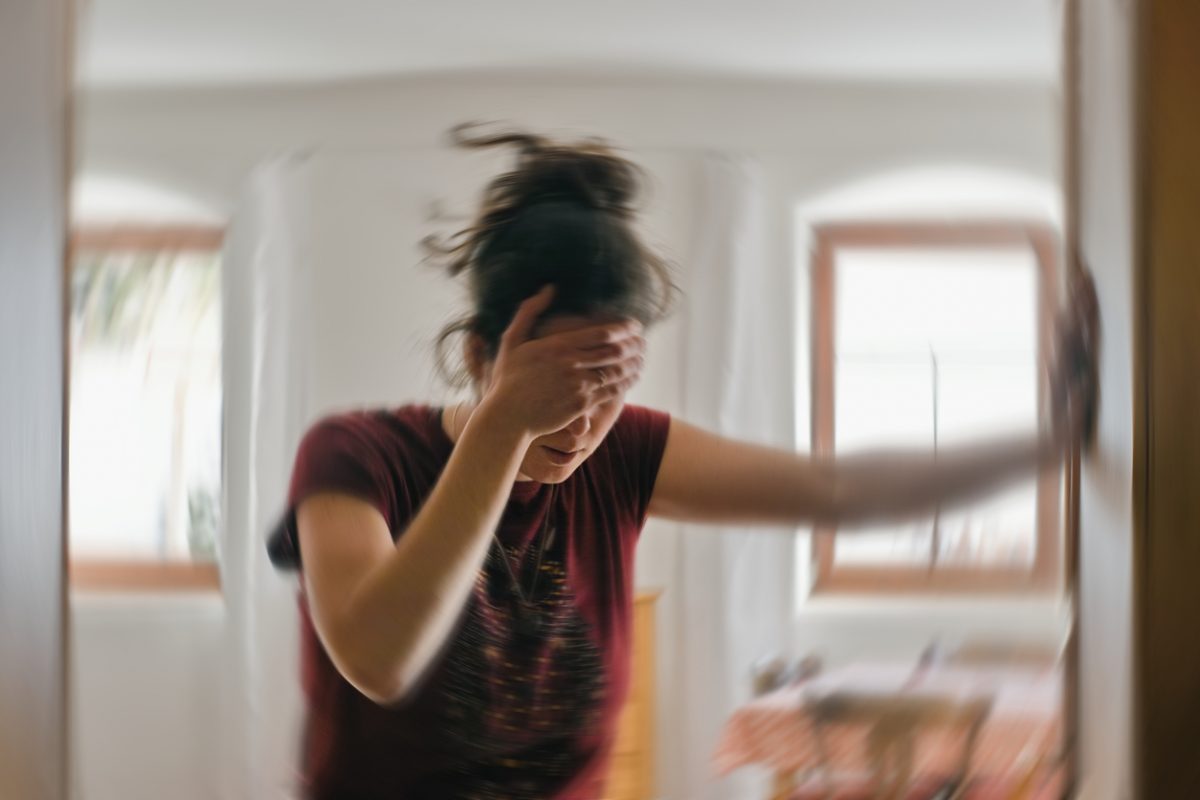Objective: To compare the incidence and persistence of tardive dyskinesia between patients diagnosed with schizophrenia (ICD-10 and/or DSM-IV) who were treated with second-generation antipsychotics and first-generation antipsychotics in routine clinical practice.
Method: The European Schizophrenia Outpatient Health Outcomes (SOHO) study is a 3-year, prospective, observational study. Each country had a start date for patient enrollment before October 2000. All enrollment was completed by June 30, 2001. A simple, global measure of tardive dyskinesia was rated by participating clinicians. For the current analysis, data at baseline, 3 months, and 6 months were analyzed using a generalized estimating equation model.
Results: Second-generation antipsychotics conferred a lower risk for tardive dyskinesia at 6 months than first-generation antipsychotics (0.9% vs. 3.8%, odds ratio [OR] = 0.29, 95% confidence interval [CI] = 0.18 to 0.46). In addition, patients with tardive dyskinesia at baseline who were receiving second-generation antipsychotics were less likely than patients receiving first-generation antipsychotics to have tardive dyskinesia symptoms at 6 months (43.6% vs. 60.8%, OR = 0.50, 95% CI = 0.30 to 0.85). A sensitivity analysis suggested no bias related to pharmaceutical industry financial support.
Conclusion: The results suggest that the relative advantage of second-generation antipsychotics in terms of lower rates of incidence and persistence of tardive dyskinesia, observed in technical randomized controlled trials, generalizes to routine clinical care.
Continue Reading...
Members enjoy unlimited free PDF downloads as part of their subscription! Subscribe today for instant access to this article and our entire library in your preferred format. Alternatively, you can purchase the PDF of this article individually.
Please sign in or purchase this PDF for $40.00.
Already a member? Login




